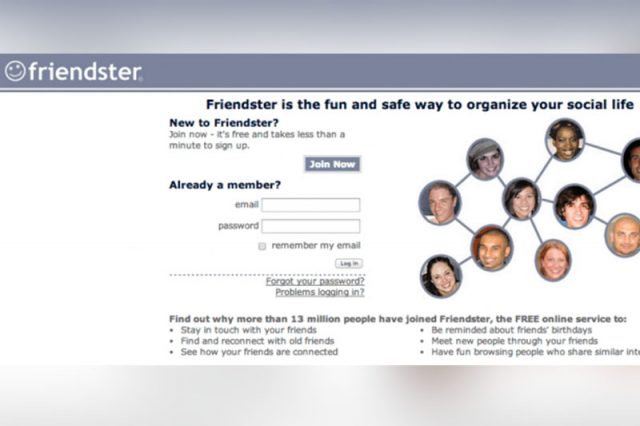Warnings against signing up and visiting a website claiming to be Friendster circulated online following reports about its supposed “comeback.”
Some articles previously alleged that the social networking service appeared to be “accepting sign-ups” under the friendster.click domain last Saturday, but these were later clarified to warn people about the supposed revival.
Friendster’s original URL used the .com domain.
Among those that reported on its “comeback” was a Facebook page formerly affiliated with supporters of President Ferdinand Marcos Jr when he was just a candidate in the 2022 national elections.
It changed its name to “Stunner” in June 2022.
“Na-miss mo rin ba ang ‘FRIENDSTER’? Ready ka na ba maging isa sa mga pioneer users?” the page alleged on November 26.
“Asia’s grandfather of Social Networking is back. No toxicity. Just legitimate socializing. Unfortunately, it’s not yet available as an app but you can sign up on Chrome,” it added.
The post has received 5,800 likes and reactions, as well as 9,100 shares so far.
Tech support professional Art Samaniego Jr shared an article warning those who attempted to access the link, given the unofficial claims that Friendster has returned.
“After a day of trying (and failing) to access it, we conclude that this ‘new’ Friendster is sketchy, and you should simply avoid it,” Duey Guison of Unbox.ph wrote on November 27.
Samaniego also gave his own tip: “Never give personal information and photos to a badly designed copy cat of our #1 social media networking site many years ago.”
Guison pointed out factors that made the supposed Friendster site “sketchy.”
According to him, users are taken to a URL ending in /wp-login.php when they try to create an account. “WP” stands for WordPress, a content managing system used to create sites and blogs.
“This is not a new social networking platform–instead, it is some WordPress-based site that uses a theme to make it appear like a social networking platform,” Guison wrote.
“Now those who tried to dig deeper discovered that Friendster.click is hosted by a company called Nobis Technology Group, LLC. While it does have a LinkedIn page, further research reveals that it is tagged as medium risk for being fraudulent,” he added.
“Add to the fact that the site is based on WordPress, and this ‘new’ Friendster might be a site for mining data—we suggest that you avoid creating an account since it has a very high potential to be hacked and can compromise your data in the process,” Guison continued.
Other Pinoys on Twitter also shared their own observations.
“Why are these outlets hyping Friendster’s ‘comeback.’ We literally haven’t heard from that company in years, no online announcements from them to confirm, still no reports from [international] tech news sources a day after rumors circulated, [and] the site’s still using a (dot)click domain,” an online user pointed out.
“Friendster is NOT back from the dead. The link circulating in social media is a bit sus [suspicious], especially when the platform has not released any official announcement. Besides that, the URL is (.)click and not (.)com. Looks more like a phishing site than the actual Friendster,” another Twitter user wrote.
“Fact check muna. Walang official announcement from Friendster e. Baka marami mag-sign up diyan, tapos phishing site pala,” a different Pinoy said.
As of writing, there are no official announcements that Friendster is back. There are also no news reports from the international community about the social networking site’s supposed revival.
The website was among the top social media networks before Facebook’s arrival in 2004—when it was launched under the name thefacebook.com.
Friendster was launched in 2002 with the “premise that people were separated by six degrees,” a report said.
The social networking site had a feature that showed how a user was connected to one another, making meeting people less intimidating. It also allowed them to see who viewed their own profiles.
Friendster additionally allowed users to customize their profile layouts and upload background music that plays whenever users visit their profiles.
The website also allowed users to leave “testimonials” (or “testi” among Pinoys) or shoutouts to each other.
By 2009, Friendster experienced a decline in user traffic following technical hiccups and a redesign. It eventually repositioned itself as a social gaming site but later on fizzled out.







